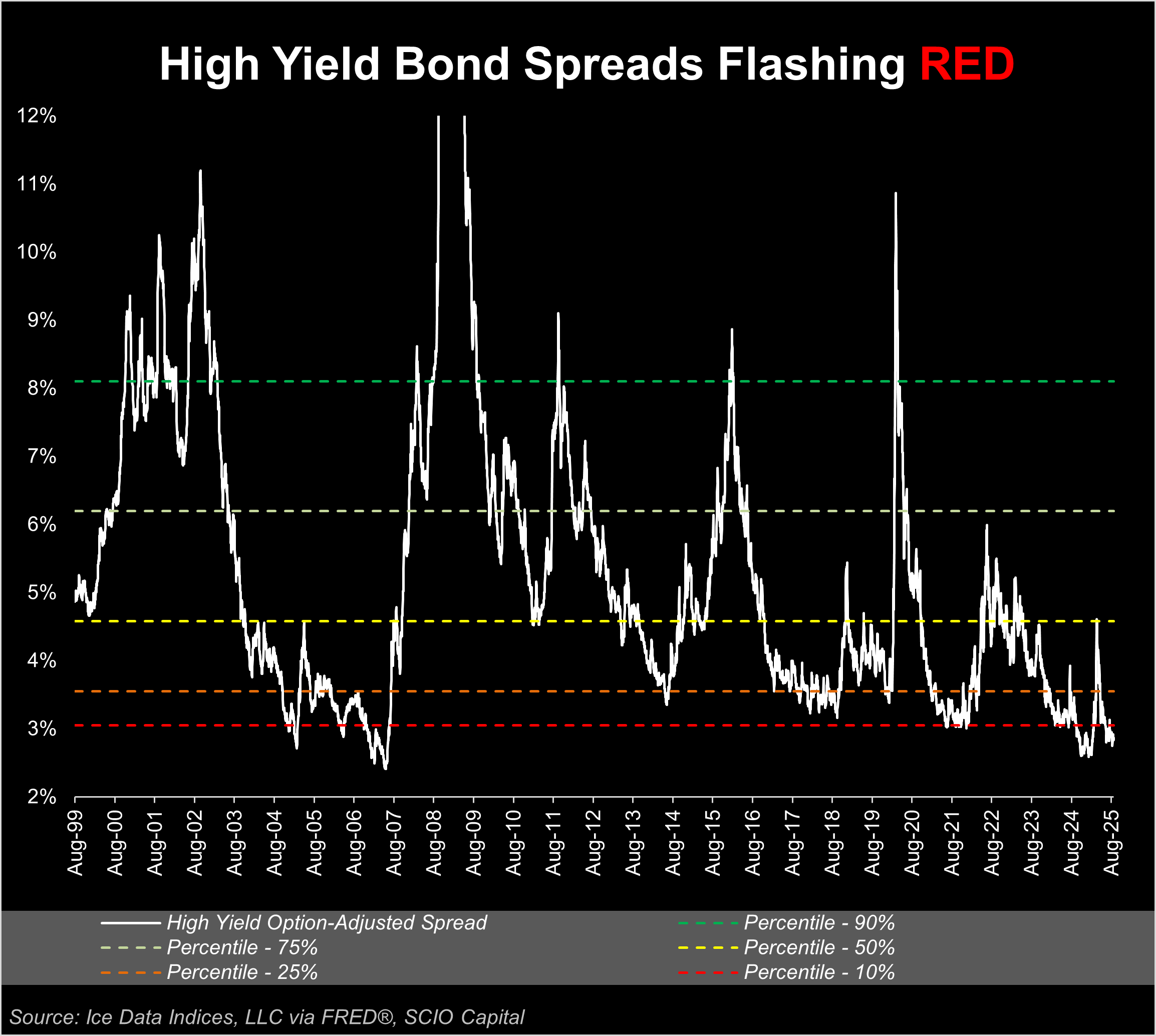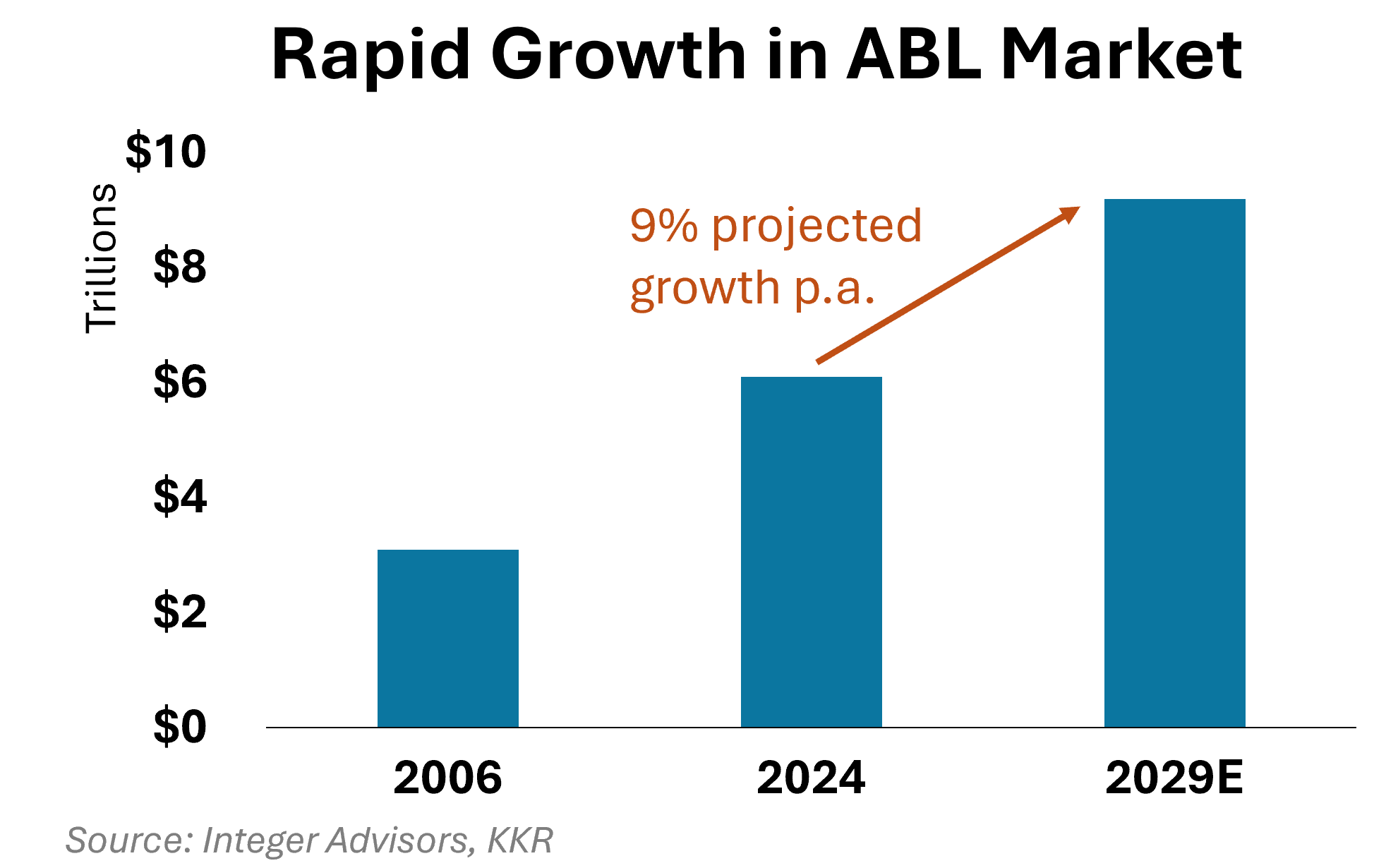
Blog: Private Credit – Smaller Is Often Better
Being lean and nimble a significant competitive advantage in illiquid, fragmented private credit markets.
EXECUTIVE SUMMARY
Over the past decade the European private credit market has skyrocketed (480 per cent value increase1) as banks, hobbled during the debt crisis, scaled back lending and alternative lenders stepped in to fill the financing gap. It is our considered view that sustained growth in the private credit market is set to continue, driven by private credit’s significantly higher returns and lower volatility compared to public credit. Accessing private credit investments presents a challenge to investors, given these investments are by their very nature ‘by appointment only’ and a secondary market does not exist. To gain market access, investors rely on fund products offered by specialists who are capable of sourcing and managing these assets.
SMALLER OFTEN BETTER
We find that an interesting misconception widely held by investors is that ‘bigger is better’ when it comes to asset sourcing. For liquid or commoditised markets, this is often the case. In fact, much of the European private credit market is heavily concentrated in sponsored, large-cap lending, resulting in easier access, the ability to deploy big tickets, and better liquidity. The opposite is true, however, in smaller, illiquid, or fragmented private credit markets in which SCIO operates where being lean and nimble provides a significant competitive advantage. An additional advantage enjoyed by smaller managers is their ability to quickly deploy capital, aiding performance by reducing negative cash drag effects often experienced by investors in much larger funds on committed capital. Furthermore, investors seeking to gain direct access to private credit via co-investments often find it frustrating. As illustrated in a recent Private Debt Investor survey, only 23 per cent of LPs surveyed expect to participate in private credit co-investments, compared to 71 per cent of private equity participants. As non-sponsored private credit loans are unrated and granted to borrowers often too small to access public markets, a wide range in quality exists between various investment opportunities (which we, in a nod to the iconic western, broadly characterise as ‘The Good, The Bad and the Ugly’).
SOURCING PRIVATE CREDIT
Success hinges, therefore, on an investment team’s experience and market exposure, resulting in the ability to source numerous investment opportunities across a wide range of sectors and regions (as a rule, more is better). By having many opportunities from which to choose, a manager can be more selective, investing in only the ‘Good’ and passing on the rest. For this reason, it is important to be wary of managers with low decline ratios (ie, the ratio of investments declined vs investments reviewed) as this can be a sign of weak sourcing capabilities and/or sub-optimal asset selection and due diligence. In contrast, our highly-experienced investment team performed due diligence on 50 private deals in 2020 and invested in only five – a 90 per cent decline ratio.
FINAL THOUGHT
Being lean and nimble allows SCIO to successfully navigate the private credit market niche in which it operates, leading to SCIO funds generating an 11.7 per cent pa net return (unleveraged) with a corresponding 2.3 Sharpe ratio since inception2, and perfectly positioning us take advantage of projected growth in this market in the coming years.
1 Preqin: 10yr period through Dec 2019
2 SCIO Fund Composite, period from May 2010 through Jan 2021

.svg)



.png)






.svg)






